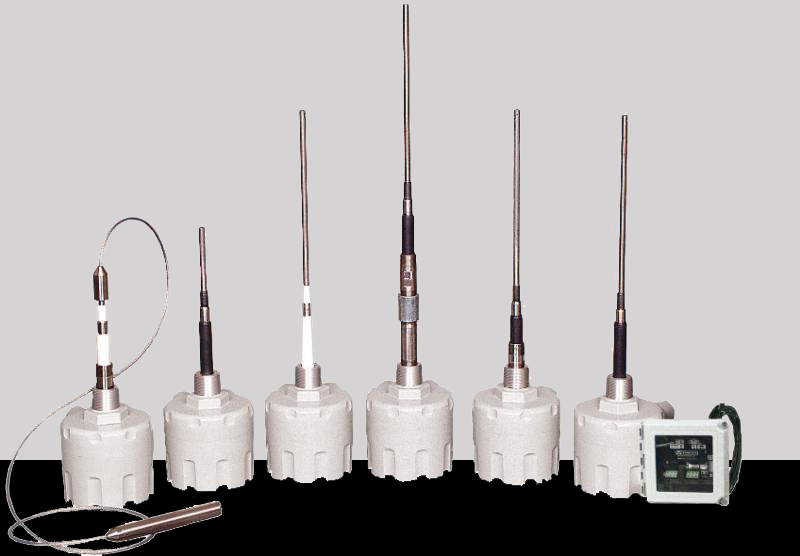
Tutorial: Learn the many uses and types of the level indicator
Mike Edwards
Features level sensors Monitor Technologies tutorial
Level indicators can be incredibly versatile, but what all can they be used for? Below are some examples of applications for level indicators.
The Uses
- High, low and/or intermediate point level indication of stored materials.
- Provide silo overfill protection.
- Batching applications.
- Turn “on” or “off” other processes based on the detected presence or non-presence of material.
- High level detection for dust collection hoppers.
- Level indication of open stock piles.
- Plugged chute detection. Click Here for more details
- And more…Only limited by our imaginations.
The Types
The next question might be, “which type of sensor would be best?”
There are a variety of different sensor types, including rotary paddle, RF capacitance, vibratory, pressure-sensitive, tilt switches and more.
A few factors that need to be considered when choosing a level indicator include material characteristics (density, dielectric, etc.), process temperature, process conditions (combustible dust, etc.), sensor technology and cost.
Click Here for more details and a guide.
This tutorial comes courtesy of Monitor Technologies.
Print this page
Advertisement
Stories continue below
Related